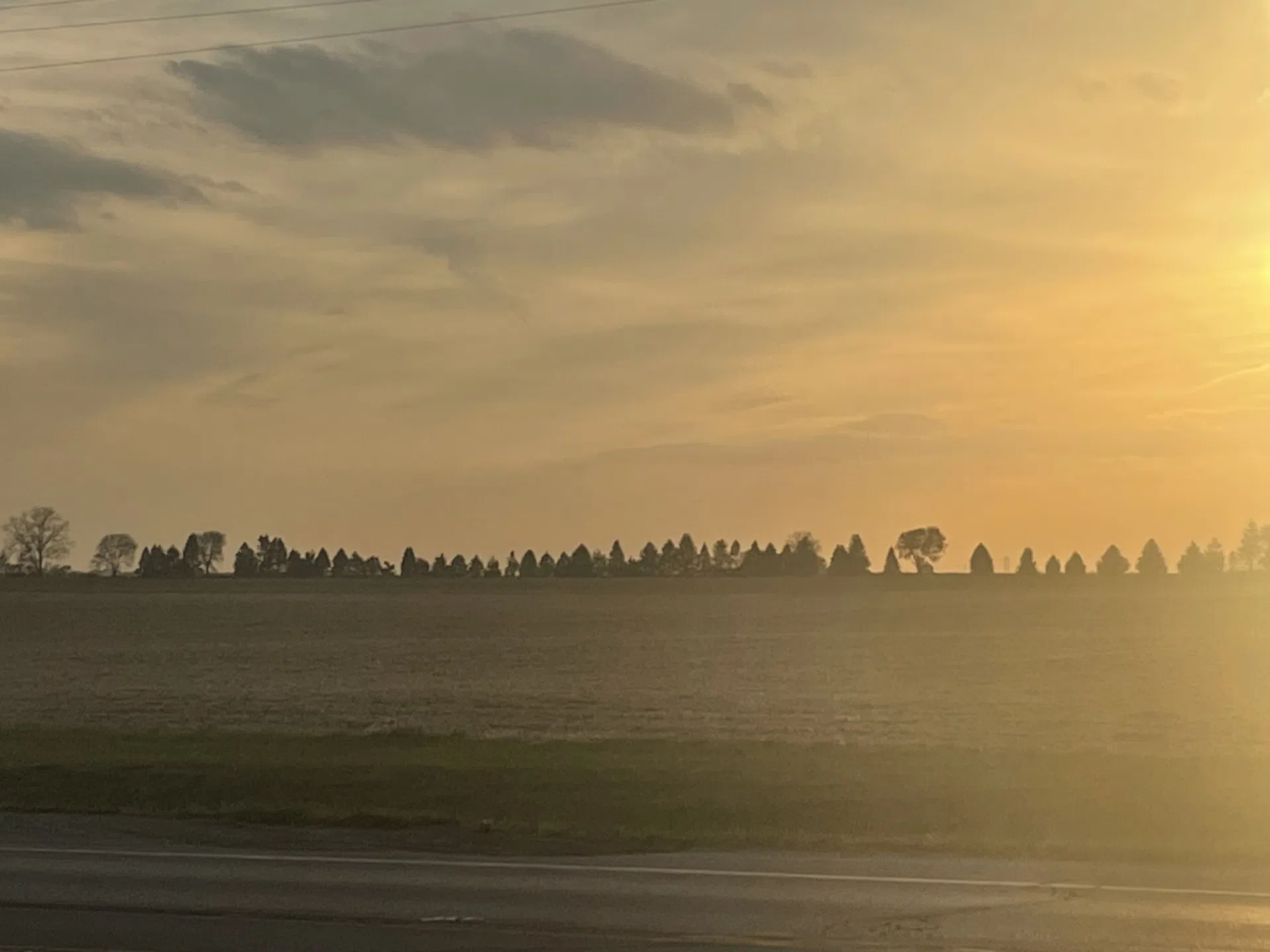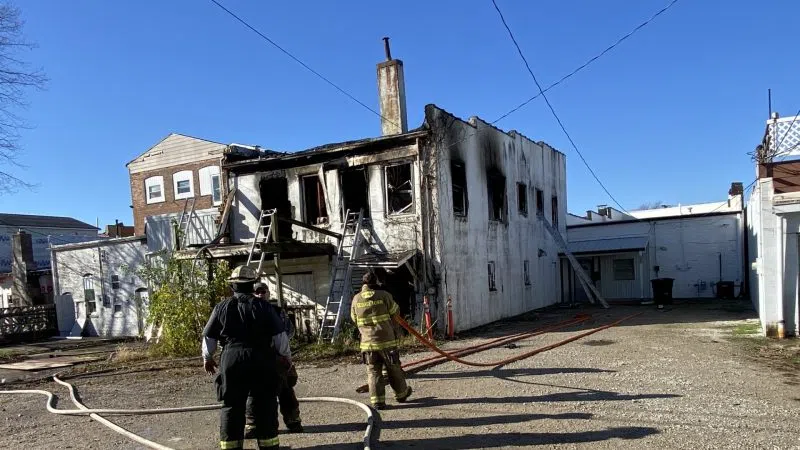Until the rain arrived Halloween morning, dry and windy conditions created scary field fire situations over the past few days. Most notably there was Wednesday’s southwest of Westville, and Tuesday’s fire along I-74 that had both the interstate and U.S. 150 closed for several hours from Route 49 to the St. Joseph exit.
The Vermilion County Farm Bureau’s Tom Fricke says it was great to see so many area farmers helping first responders take care of the situation.
AUDIO: I know there were at least two or three fields that were on fire that had not been harvested yet. Hopefully, those farmers have the insurance that will help cover that. We do want to give a huge shout out to all the fire departments and volunteers that were involved with those, to help get those fires under control. And also a big thank you to all the farmers that were able to get their tillage equipment together. I wasn’t surprised to see that farmers were helping out one another in that situation. But I was amazed how quickly they could get their tillage equipment to the scene, and get the fields worked to create a fire break.
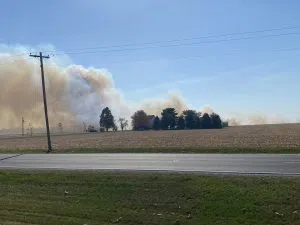
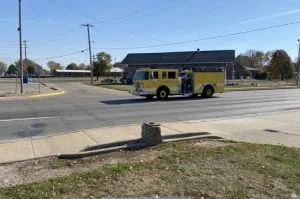
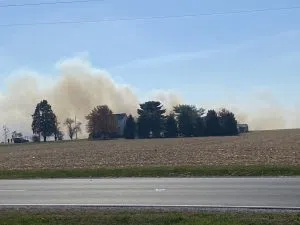
ABOVE: Pictures by Bill Pickett of Wednesday’s field fire situation near Westville.
As far as what can cause those kinds of field fires; you can always say it might be something from harvesting equipment, and it might not be.
AUDIO: ….from a combine; it could have come from somebody throwing a cigarette out a window; it could have come from somebody unresponsibly burning leaves or trash on a day like that.
As far as how the overall harvest is going, one worry early on was that with a strong soybean and corn haul expected, lack of space at grain elevators might be a concern down the road. But now there are some reports, such as in the latest “Farm Week,” that with more of last year’s corn and soybeans being shipped away, the capacity outlook appears better. But as Fricke reminds us, it can be very different place to place.
AUDIO: Well it’s going to vary, location to location. It just depends on the storage capacity that each elevator has, and their ability and supply chain to move the grain out as they get it in.
And as the harvest continues into November, all involved will have their eyes on the entire supply chain picture, from elevator capacity on down to water levels for barges in the rivers.
